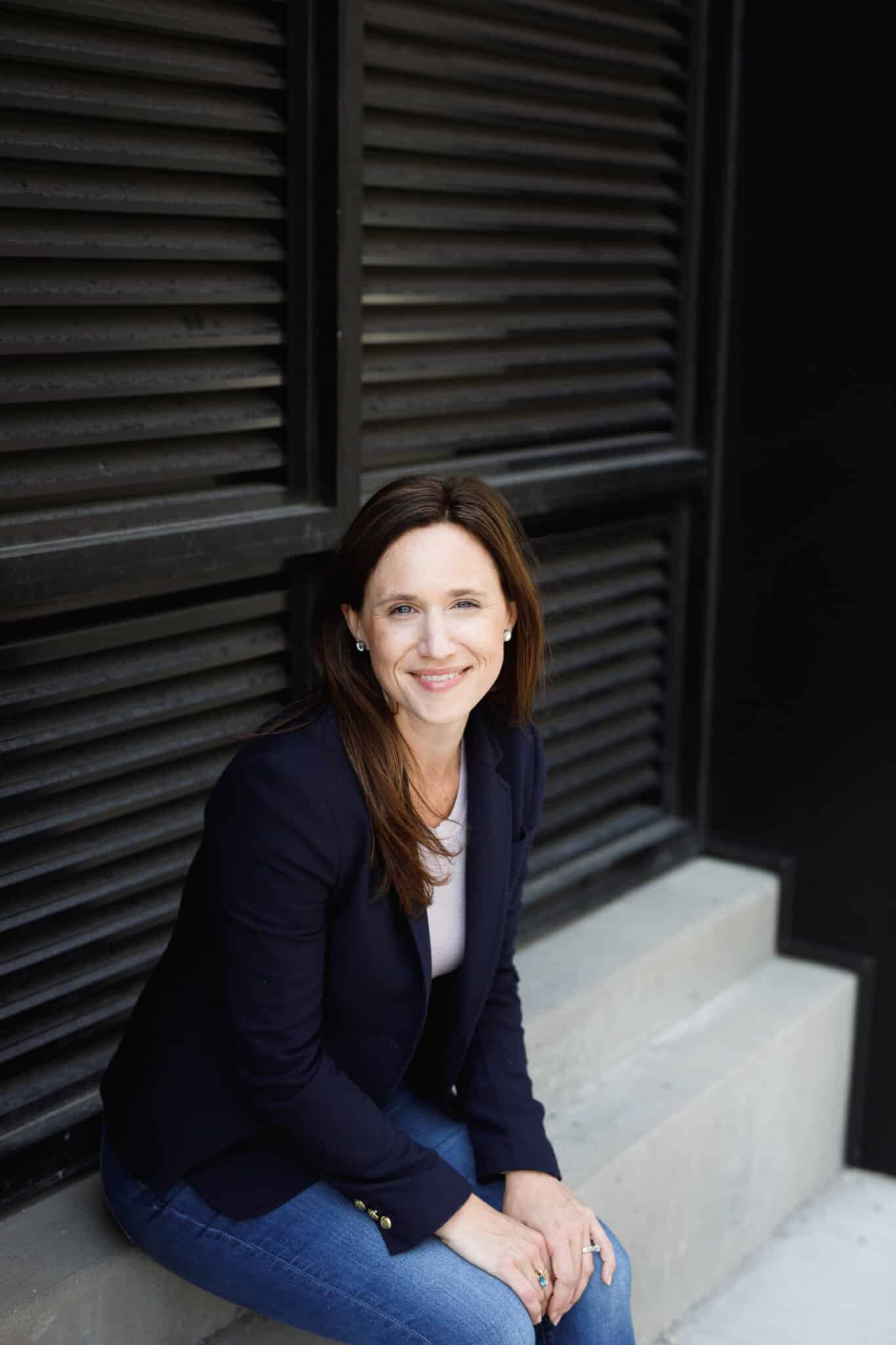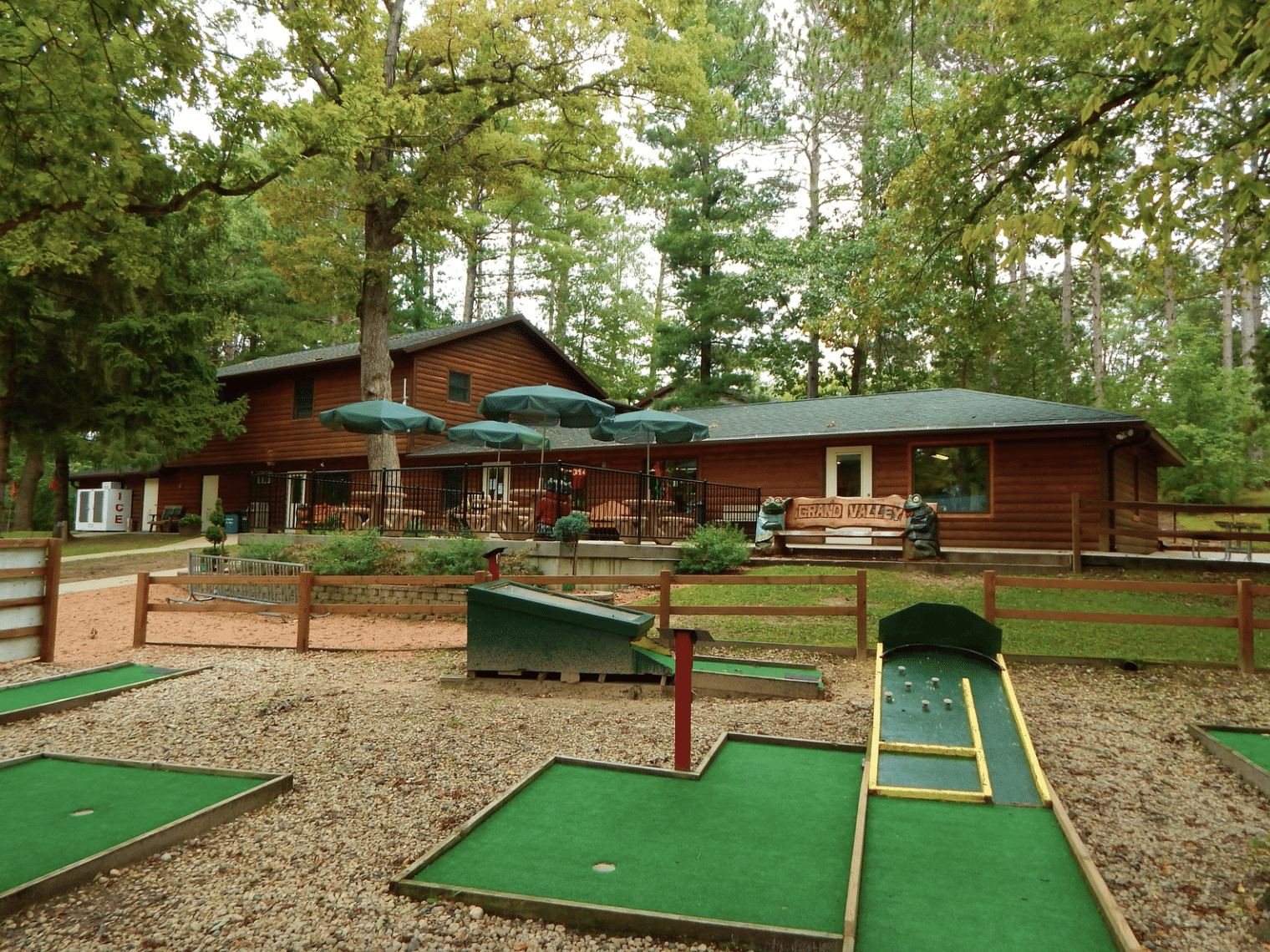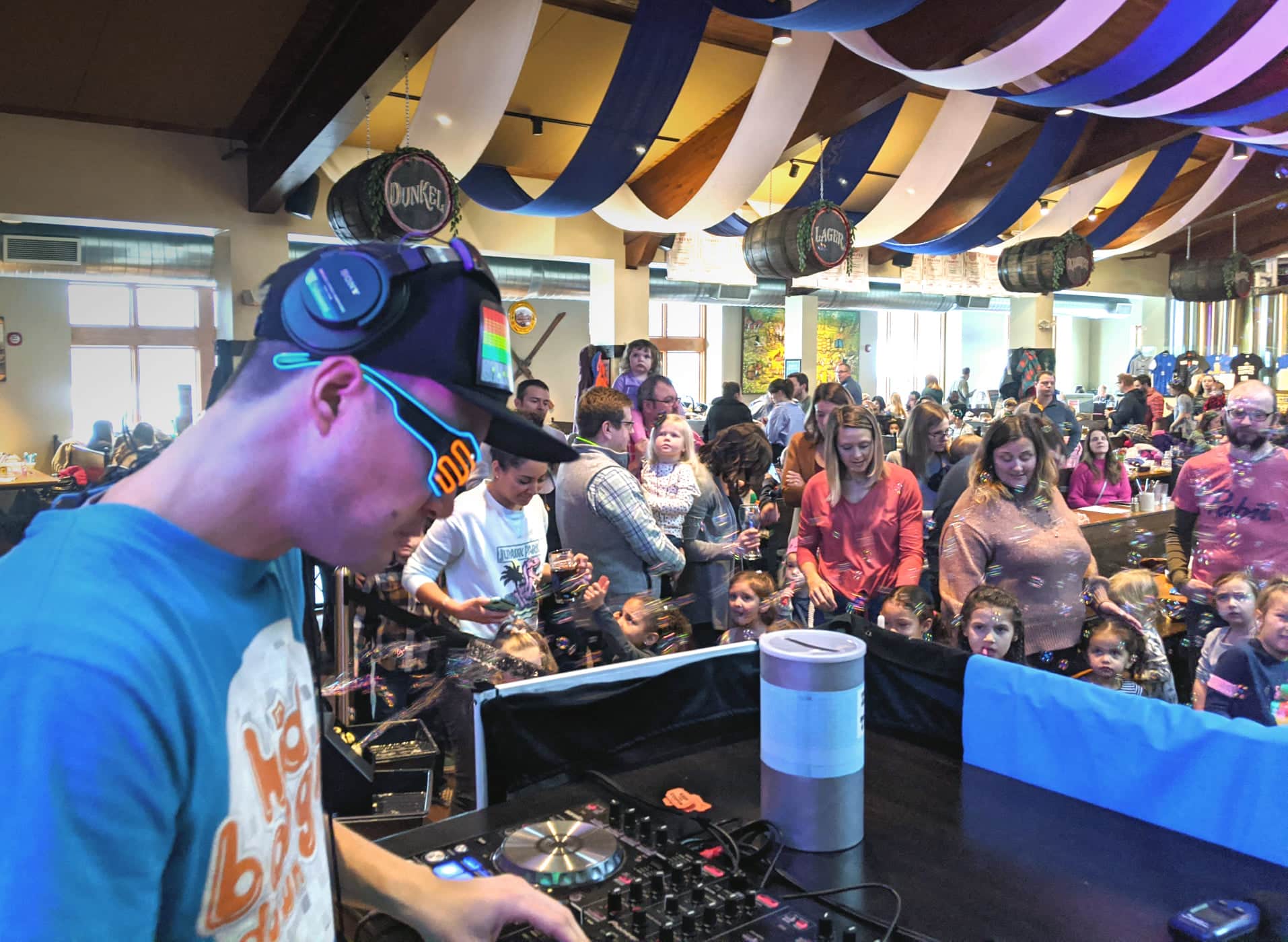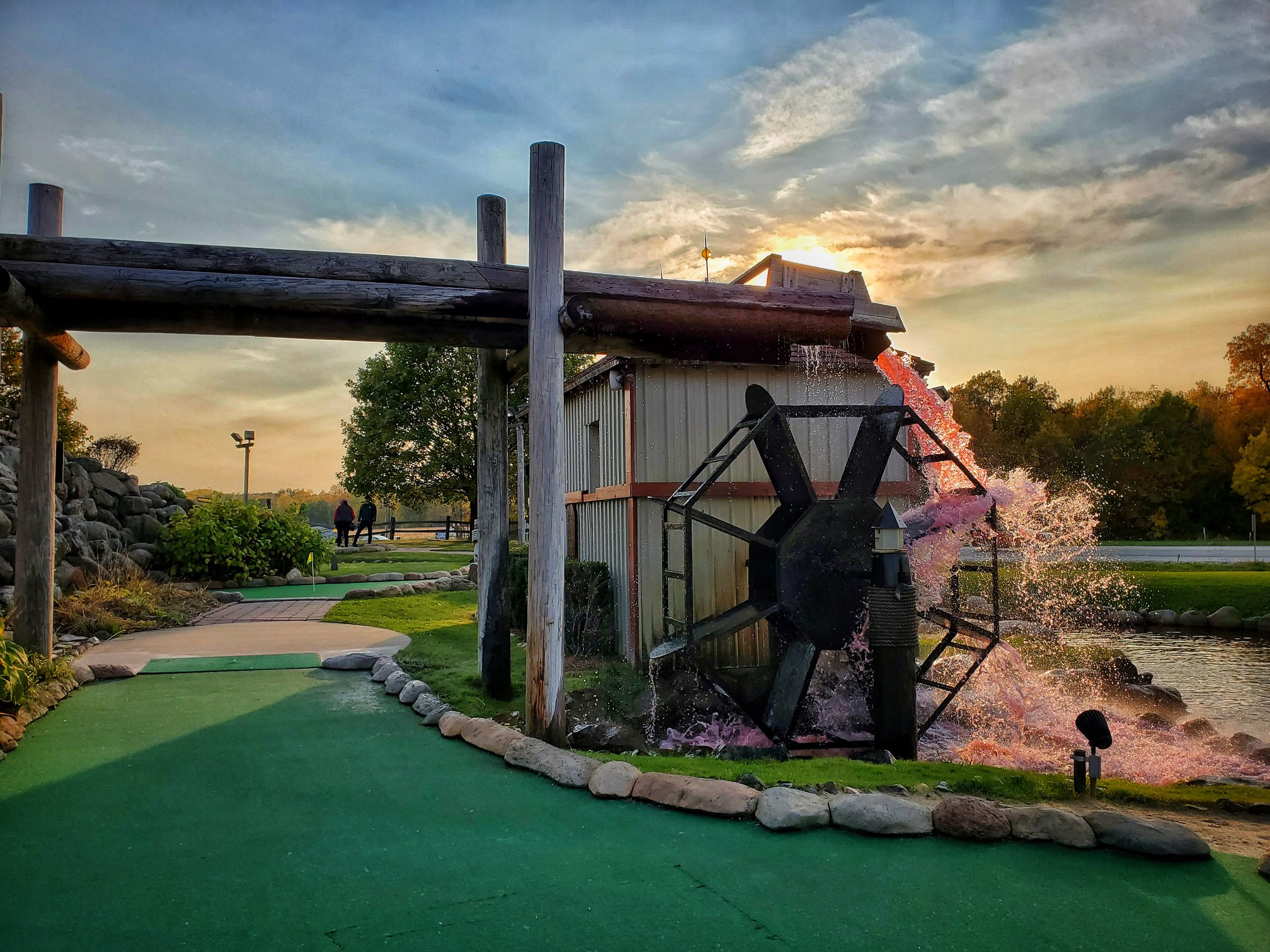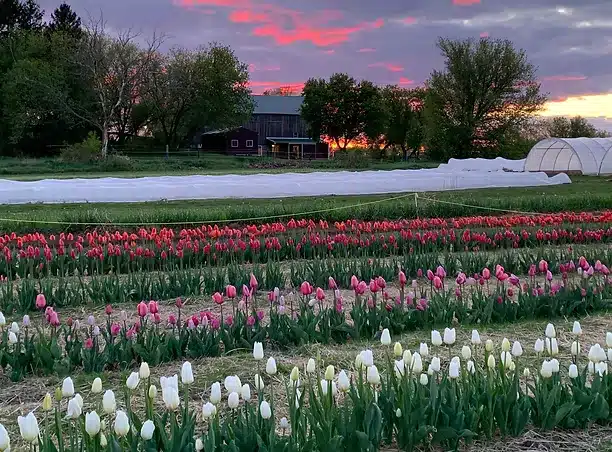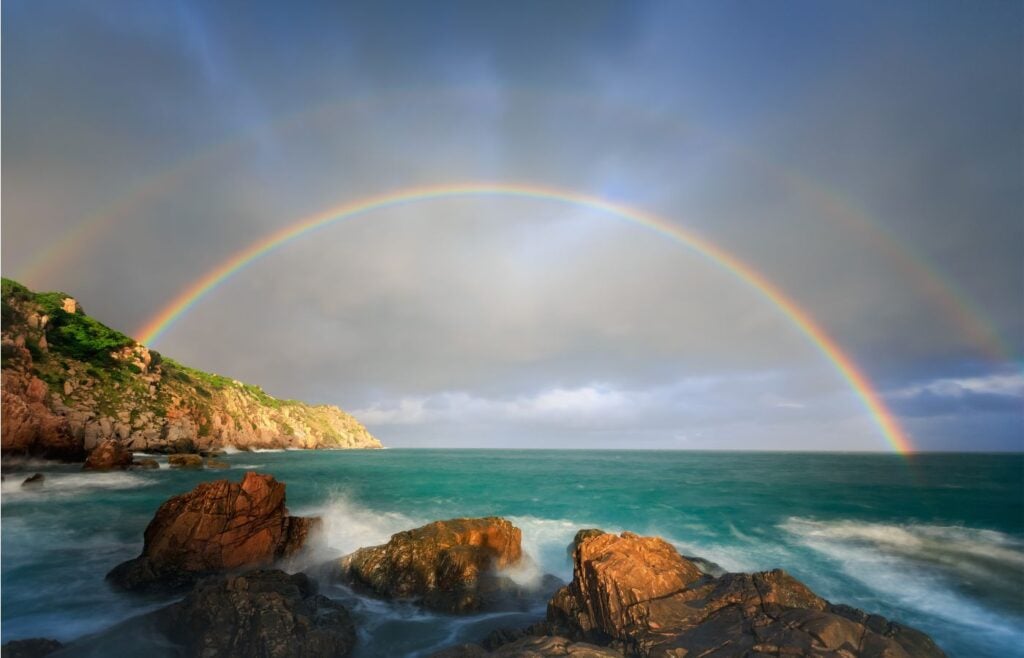
National Find a Rainbow Day is celebrated every year on April 3rd, and there’s no better way to spend a day in early spring.
Catching a glimpse of a magnificent rainbow in the sky is a beautiful sight to behold. It’s no surprise that rainbows have inspired poetry, mythology, and music throughout the centuries. It’s a symbol for hope, optimism, and nature’s beauty.
But did you know there are actually many different types of rainbows? Or that rainbows are actually full circles? Do you think that planet Earth is the only place where rainbows occur?
Here are 25 interesting and fun facts about rainbows that your kids will love:
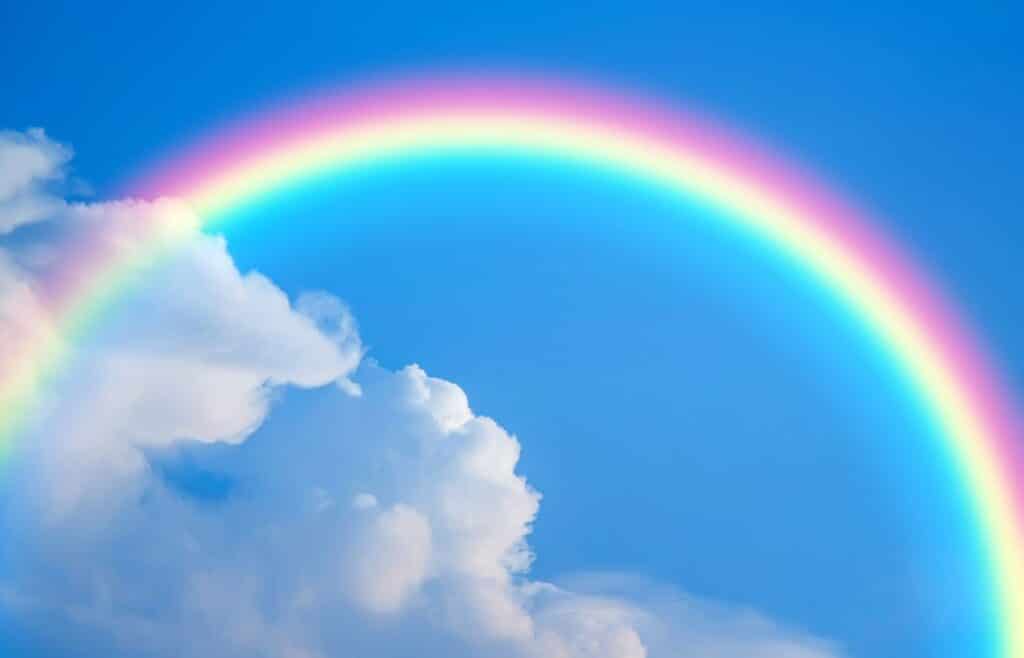
1. A primary rainbow is formed when light shines through water droplets. It happens most often when the sun shines through the rain. This white light bends and reflects, causing all of the beautiful different colors to appear.
2. Earth is the only planet in the solar system where rainbows occur.
3. Some astronomers think it’s possible for rainbows to occur on Titan, one of Saturn’s moons. Titan has a wet surface and humid clouds. The sun is also visible from Titan, so it has all the ingredients necessary for rainbows to occur.
4. A rainbow is actually a complete circle, not an arc. From the ground, we only see a semi-circle.
5. From an airplane, you can see a completely circular rainbow.
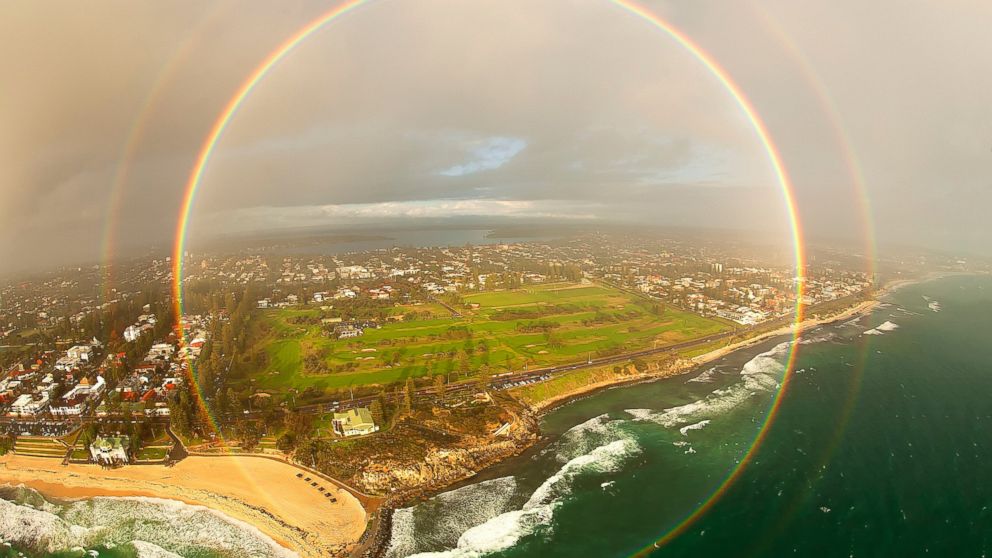
6. Rainbows are made up of all seven colors that come from light. The colors of the rainbow are red, orange, yellow, green, blue, indigo, and violet. (You can remember the colors of a rainbow with the acronym Roy G. Biv.)
7. The state of Hawaii has the most rainbows on the planet, earning its reputation as the rainbow capital of the world. (If your kids are fascinated by rainbows and you’re planning a family trip, our Kauai Family Vacation Guide highlights the best activities for families in Kauai, including spotting vibrant rainbows and exploring the island’s natural beauty.)
8. The average rainbow is observable for less than an hour.
9. The world’s longest-observed rainbow was located high in the mountains of Taipei, Taiwan in 2017. It lasted for 8 hours and 58 minutes, 6:57 am until 3:55 pm.
10. The word “rainbow” comes from the Latin phrase arcus pluvius, meaning “rainy arch.”
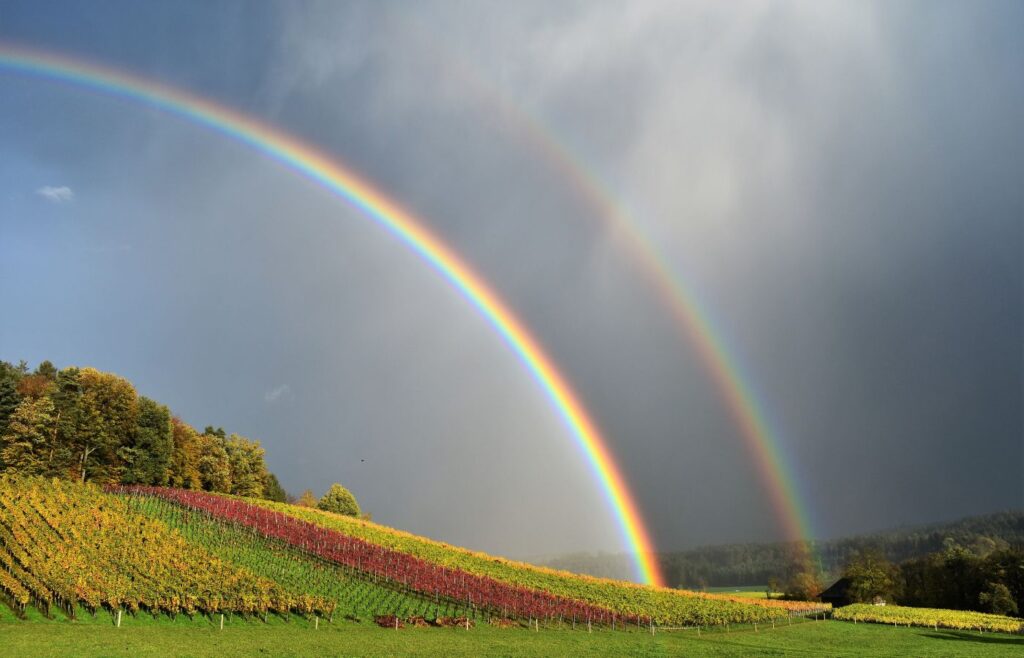
11. In ancient times, Greeks and Romans believed that rainbows were paths created by the goddess of the rainbow, Iris. Greek mythology holds that rainbows linked humans to the Gods.
12. Ancient Japanese belief held that rainbows were the bridges that human ancestors took to descend to Earth.
13. Hindu culture teaches that the god Indra uses his rainbow bow to shoot arrows of lightning.
14. Irish legend says there is a pot of gold at the end of the rainbow. The gold is guarded by a tricky leprechaun, but no can ever find him!
15. Tribes throughout the Amazon basin associate rainbows with disease.
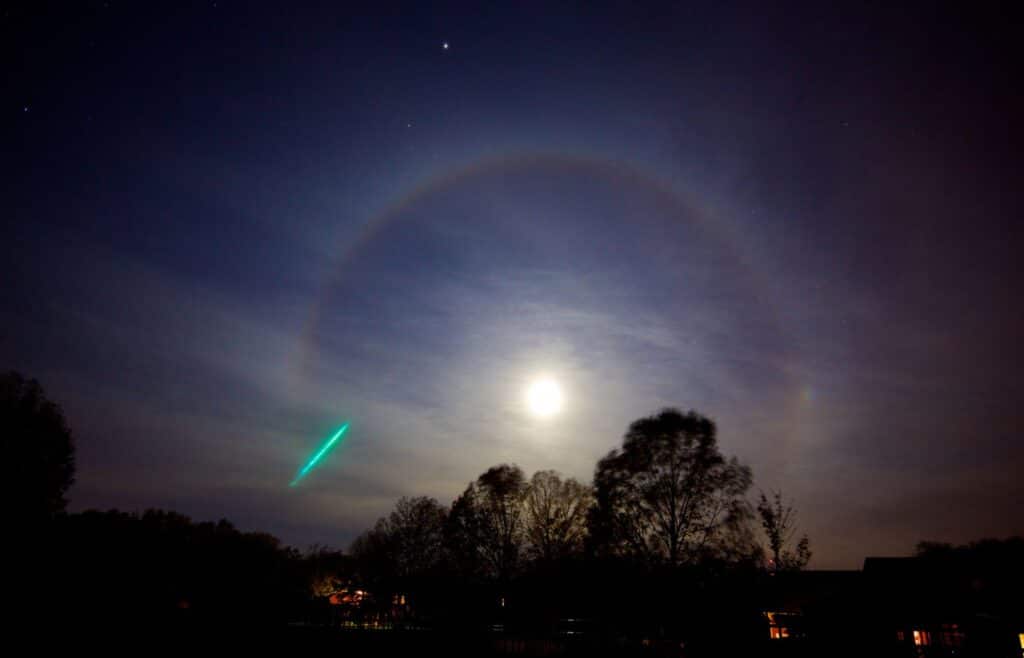
16. In the Epic of Gilgamesh and, later, the Bible, the rainbow is a symbol from a deity (the goddess Ishtar and the Hebrew God) to never again destroy the Earth with floods.
17. You can never touch a rainbow or reach the end of a rainbow because it’s appearance is based on your location and the light source. It’s a tricky optical phenomenon. When you move, the rainbow will move, too.
18. A double rainbow, or “secondary rainbow”, appears when light is reflected twice in a raindrop.

19. Rainbows normally appear from the rain, but can also be seen in other places water drops appear such mist, fog, spray, waterfalls, and dew.
20. A “fogbow” is formed by cloud and fog droplets. They appear almost complete white with very faint colors visible. Fogbows are larger and wider than a rainbow.

21. A “moonbow” is a rare lunar or nighttime rainbow that is produced by light from the moon. All of the colors are present, but our eyes see it as white.
22. “Red Rainbows” – also called monochrome rainbows – usually appear at sunrise or sunset. During this time, sunlight travels further in the atmosphere, and shorter wavelengths (blue and violet) have been scattered. Only the long-wavelength red colors are visible in this rainbow.
23. The visible arch of a rainbow is always a 42-degree angle.
24. Rainbow flags throughout history have long represented groups championing diversity, respect, and inclusiveness.
25. You can make your own rainbow! There’s an easy way to do it yourself.
All you need is a sunny day and a garden hose. Stand with your back against the sun. Turn on the water hose. These are your “rain droplets”. Put your other hand straight up in the air. Spray water about halfway between the ground and your other hand. As the sun’s light shines through, you should see a mini-rainbow and its beautiful colors.
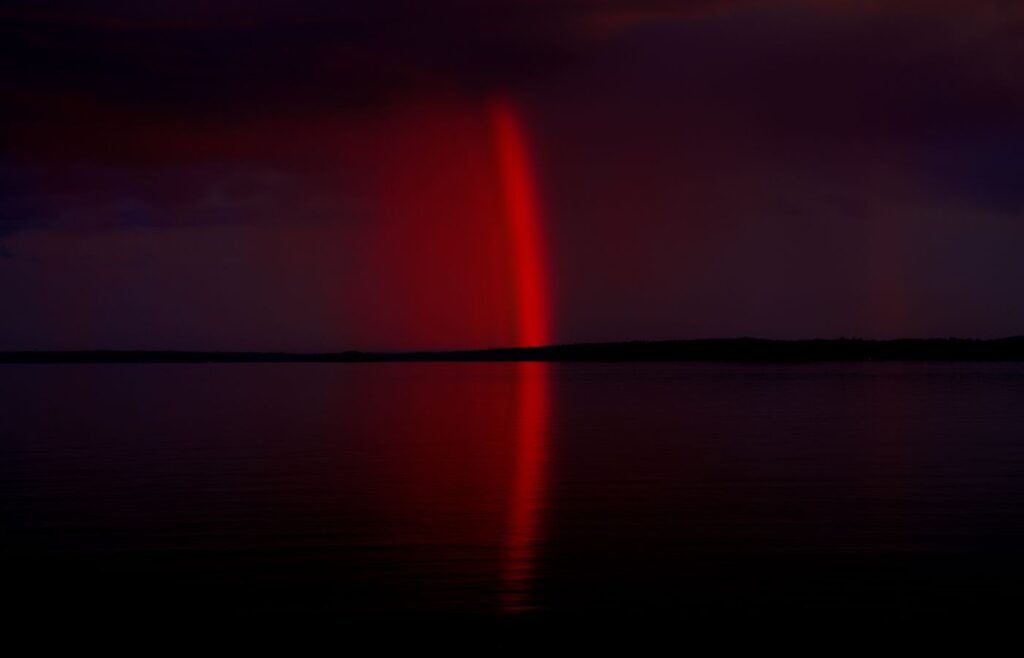
We hope you loved these interesting facts about rainbows as much as we loved compiling them! The next time you see a beautiful rainbow, you can share your knowledge with others.
Frequently Asked Questions About Rainbows
How do rainbows form?
A primary rainbow is formed when light shines through water droplets. It happens most often when the sun shines through the rain. This white light bends and reflects, causing all of the beautiful different colors to appear.
Do rainbows touch the ground?
They looks like they do, but rainbows do not touch the ground. A rainbow is actually a complete circle, not an arc. From the ground, we only see a semi-circle. If you go high enough in a plane, you will see it is a full circle.
Can you touch a rainbow?
You can never touch a rainbow or reach the end of a rainbow because it’s appearance is based on your location and the light source. It’s a tricky optical phenomenon. When you move, the rainbow will move, too.
Is a rainbow a circle?
Yes, a rainbow is actually a complete circle, not an arc. From the ground, we only see a semi-circle. If you go high enough in a plane, you will see it is a full circle.
Rainbow Science Experiments
Now that you’ve learned these 25 interesting rainbow facts, here are more rainbow-inspired science experiments:
Sugar Water Rainbows
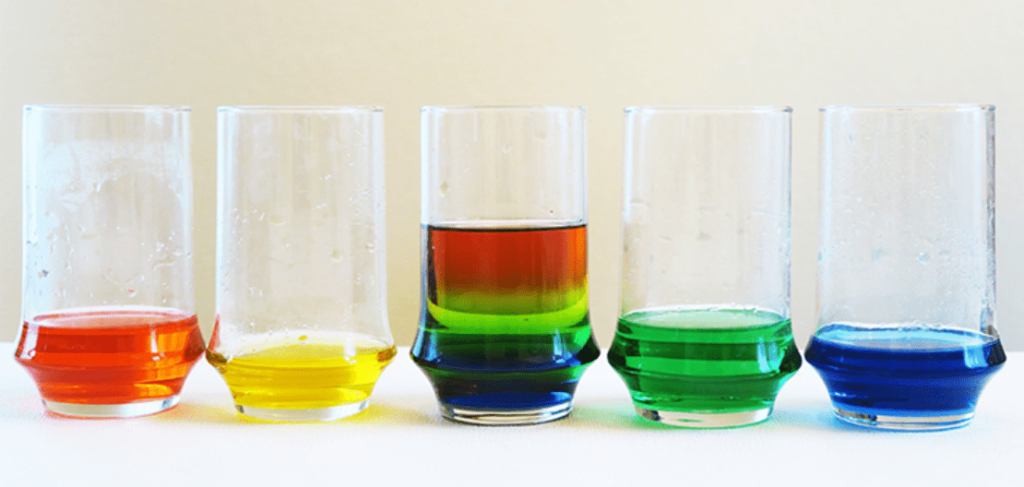
Create a layered rainbow in a straw while exploring density and buoyancy. This sweet experiment requires just sugar, water, food coloring, and a clear straw. Watch the layers stack up as you learn how liquids of different densities interact! For the full step-by-step guide, check out our blog post on Sugar Water Rainbow Science.
Traveling Rainbows
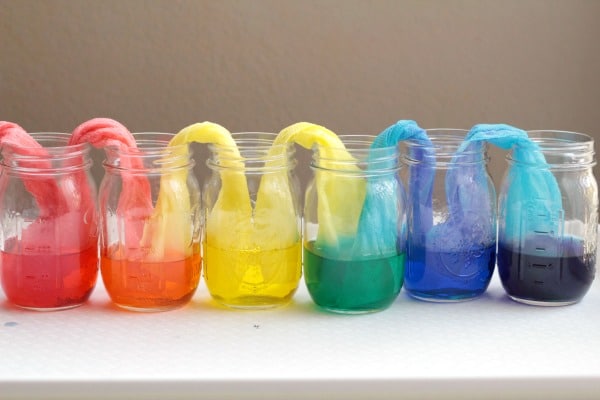
Discover how water moves through paper towels in this simple and mesmerizing experiment that demonstrates capillary action and color mixing. Perfect for kids of all ages! Dive into the details with our post on Traveling Rainbow Science.
Want more science fun? Don’t miss our Water Cycle in a Bag Experiment to see evaporation, condensation, and precipitation in action!
Did you enjoy these fun rainbow facts and experiments? If you have others to share, email us at hello@mkewithkids.com.
Related Posts:
- 25 Interesting Facts About Comets For Kids
- 50 Mind-Blowing Mars Facts for Kids
- Emperor Penguin Facts for Kids
- White Tiger Facts for Kids
- Cheetah Facts for Kids
- Grey Wolf Facts for Kids
- Thanksgiving Facts for Kids
- Snow Facts for Kids
- Monkey Facts for Kids
Calie Herbst, Editor-in-Chief of Milwaukee With Kids, has spent over a decade combining her experiences as a parent of three to create a hub for Milwaukee’s family adventures.
Her decade-long teaching career in Milwaukee Public Schools and academic background, including a Master’s in Teaching from Marquette University and dual B.A.s in Sociology and Spanish from the University of Wisconsin – Madison, fuel her passion for inclusive and engaging family content.
Calie is also a recognized voice in local media, contributing to WISN Channel 12 News, WTMJ Wisconsin Morning News, Fox 6’s Real Milwaukee, and B93.3.
Discover more about Calie’s journey and editorial approach on her About Page and Editorial Policy Page.



